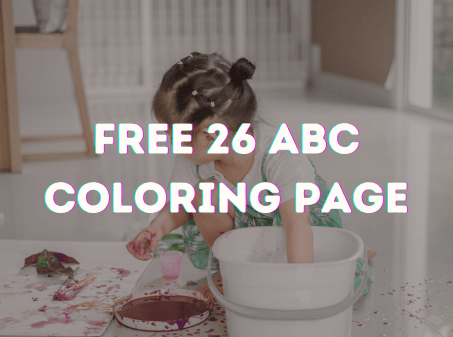Understanding the Magic of Early Alphabet Learning
Introducing young children to the alphabet can be a joyful and creative experience, especially when using engaging activities like coloring pages. Coloring not only develops a child’s fine motor skills but also nurtures their love for learning. If you’re looking for free printable ABC coloring pages tailored for toddlers around 2.5 years old, you’ve come to the right place. This guide explains how you can download fun, interactive, and educational PDFs for your little one, ensuring they start their learning journey with excitement.
Table of Contents
Why Our ABC Coloring Pages Matter at 2.5 Years
At this critical developmental stage, children are like little sponges, absorbing information through multiple sensory experiences. Coloring pages aren’t just about staying within lines—they’re comprehensive learning tools that:
- Develop fine motor skills
- Introduce letter recognition
- Enhance hand-eye coordination
- Stimulate cognitive development
- Create positive associations with learning
The Developmental Science Behind Coloring and Learning
| Developmental Aspect | Impact of ABC Coloring Pages | Age-Specific Benefits |
|---|---|---|
| Motor Skills | Improves pencil grip and control | Strengthens hand muscles crucial for writing |
| Cognitive Development | Enhances pattern recognition | Introduces alphabet structure and visual memory |
| Emotional Growth | Builds confidence through completion | Provides sense of achievement |
| Language Development | Associates letters with visual representations | Supports early literacy skills |
What Makes a Perfect ABC Coloring Page for 2.5-Year-Olds ?
Not all coloring pages are created equal. For toddlers, the ideal ABC coloring page should include:
- Large, Clear Letters: Ensuring easy visibility and tracing
- Simple Designs: Minimal complexity to prevent frustration
- Engaging Illustrations: Child-friendly images that correlate with letters
- Age-Appropriate Complexity: Matching the child’s developing skills
Key Considerations for Parents
Pro Tip: The goal isn’t perfection, but exploration and enjoyment. Allow your child to color freely, praise effort, and make it a fun, pressure-free activity.
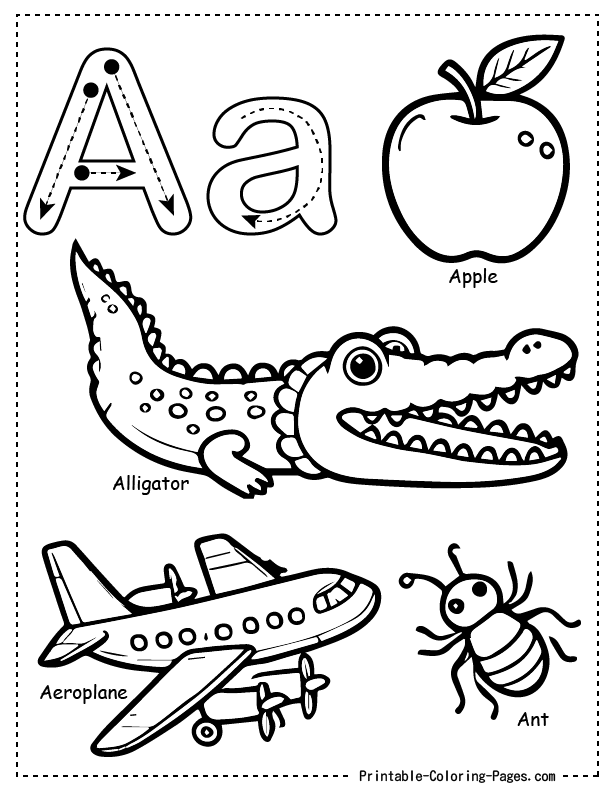
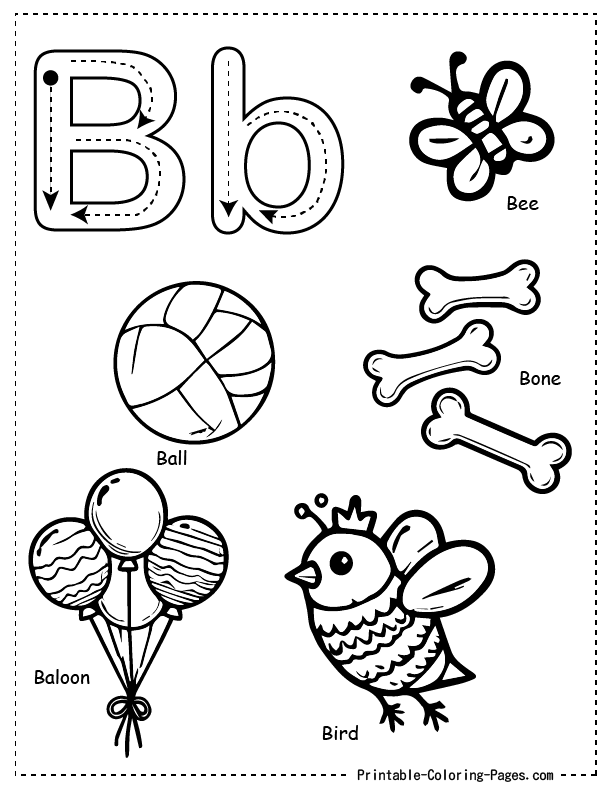
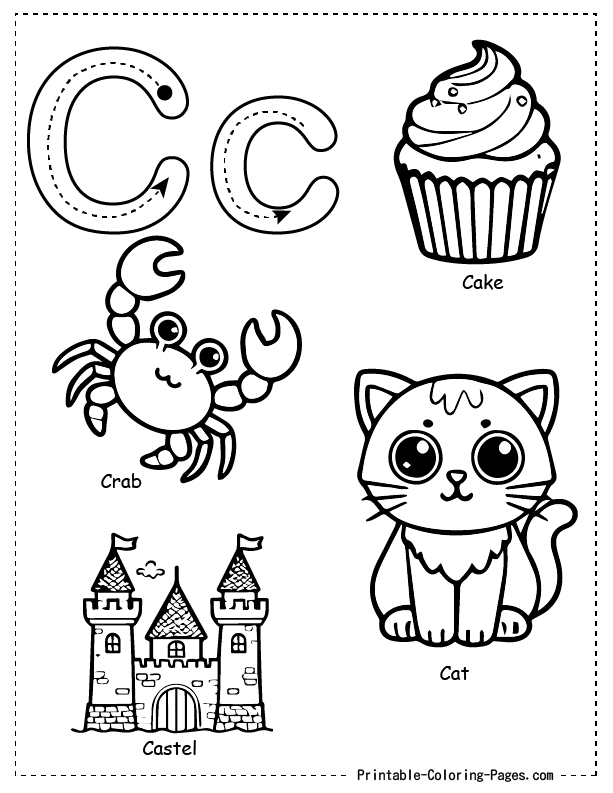
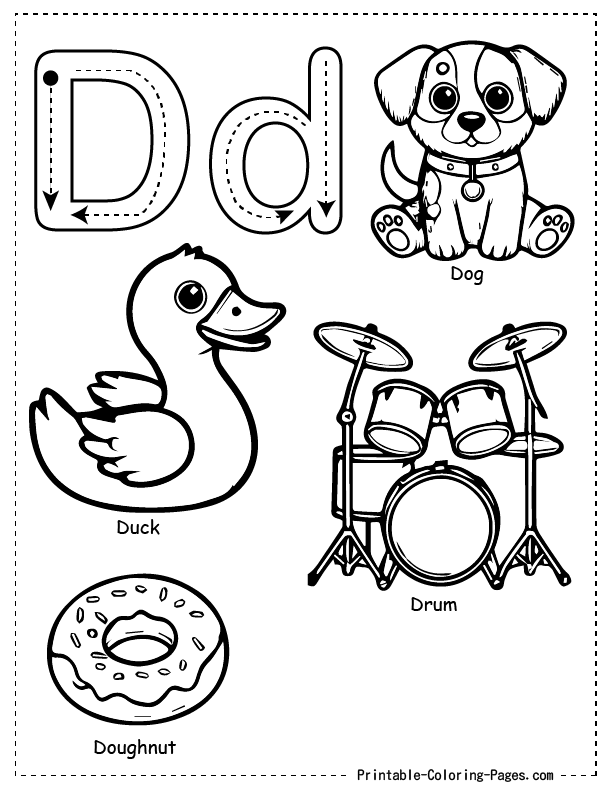
Understanding Toddler Coloring Capabilities
At 2.5 years, children typically:
- Hold coloring tools with entire hand
- May color outside lines (which is completely normal!)
- Show increasing interest in deliberate color selection
- Have short attention spans
- Learn best through playful, interactive experiences
Research Insights
According to early childhood development experts, structured activities like ABC coloring pages can:
- Improve concentration
- Boost pre-writing skills
- Support language acquisition
- Enhance color and shape recognition
What to Expect in This Comprehensive Guide
In the upcoming sections, we’ll dive deep into:
- Selecting the perfect free printable ABC coloring pages
- Strategies for engaging your 2.5-year-old
- Recommended coloring tools
- Downloadable resources
- Expert tips for maximizing learning potential
Ready to transform coloring time into an extraordinary learning adventure? Let’s explore the wonderful world of ABC coloring pages!
Recommended Free Printable ABC Coloring Pages for Toddlers
Here’s a curated list of the best types of coloring pages you can find online:
| Type | Features | Why Toddlers Love It |
|---|---|---|
| Animal-Themed ABCs | Cute animal drawings paired with letters (e.g., “A” for Alligator, “B” for Bear) | Relatable and fun for animal-loving kids. |
| Simple Objects ABCs | Everyday objects like “C” for Cup or “D” for Door | Familiarity encourages quick learning. |
| Seasonal Themes | Letters combined with seasonal elements like Christmas trees or pumpkins | Adds a festive and playful twist to learning. |
| Traceable Alphabets | Letters with dotted outlines for tracing | Combines coloring and writing practice in one activity. |
Selecting the Perfect Free Printable ABC Coloring Pages For homework
Criteria for Choosing Age-Appropriate Coloring Pages
When hunting for the ideal ABC coloring pages for your 2.5-year-old, not all downloads are created equal. Let’s break down the essential selection criteria that transform a simple coloring sheet into a powerful learning tool.
Design Characteristics to Look For
| Design Element | Ideal Characteristics | Why It Matters |
|---|---|---|
| Letter Size | Large, bold letters | Easier for small hands to trace and color |
| Image Complexity | Simple, clear illustrations | Prevents overwhelming the child |
| Thematic Consistency | Images matching letter sounds | Supports phonetic learning |
| Line Thickness | Thick, defined lines | Provides clear coloring boundaries |
Sample Daily Plan for ABC Coloring Activities
Consistency is key when introducing a 2.5-year-old to the alphabet. Here’s a simple yet effective plan:
| Time | Activity | Duration |
|---|---|---|
| Morning | Color one letter and repeat its sound several times. | 10 minutes |
| Afternoon | Play a related game (e.g., finding objects that match the letter). | 15 minutes |
| Evening | Review the letter and sing the alphabet song together. | 5 minutes |
This routine ensures steady progress without overwhelming your toddler.
Understanding Color and Learning Connection
Psychological Benefits of Coloring for Toddlers
Coloring is far more than a simple pastime. For 2.5-year-olds, it’s a critical developmental activity that:
- Reduces anxiety and stress
- Improves focus and concentration
- Develops decision-making skills
- Enhances creativity
- Builds self-confidence
Color Recognition Development
| Color Stage | Age-Specific Characteristics | Learning Objectives |
|---|---|---|
| 2-3 Years | Basic color identification | Recognize primary colors |
| 3-4 Years | Color matching | Understand color relationships |
| 4-5 Years | Color mixing concepts | Explore color creation |
Recommended Coloring Tools for Toddlers
Safe and Age-Appropriate Options:
- Triangular Crayons
- Easier grip for small hands
- Prevent rolling
- Thick and durable
2. Washable Markers
- Easy to clean
- Vibrant colors
- Soft tips for gentle use
3. Chunky Colored Pencils
- Precise coloring
- Less mess compared to markers
- Develops fine motor skills
Safety First: Always supervise coloring activities and choose non-toxic, child-safe coloring materials.
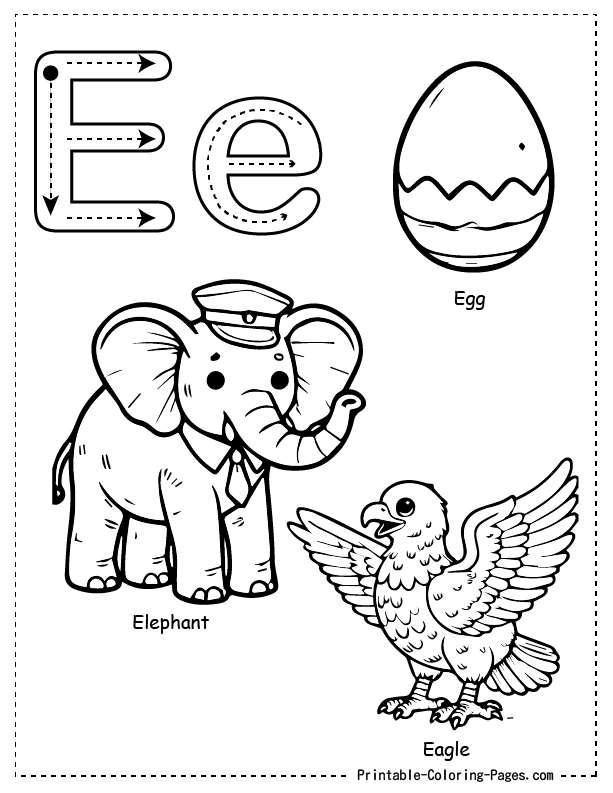
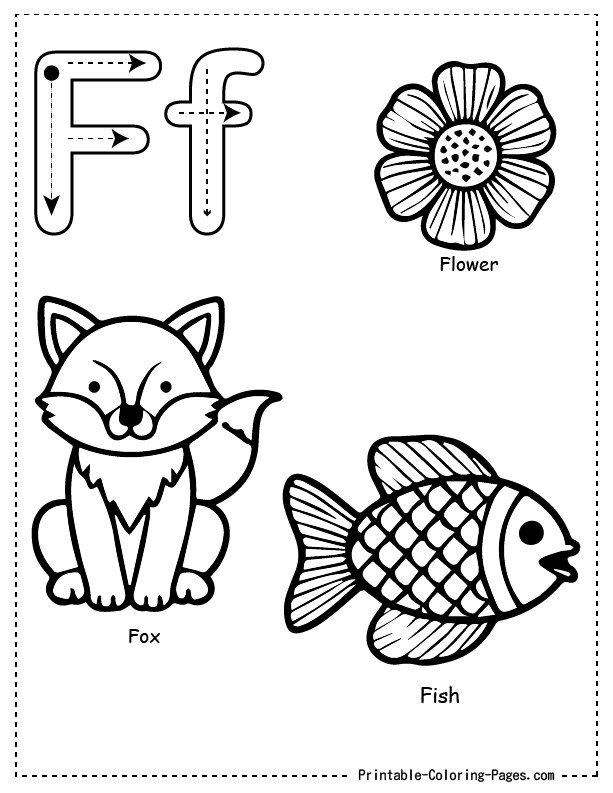
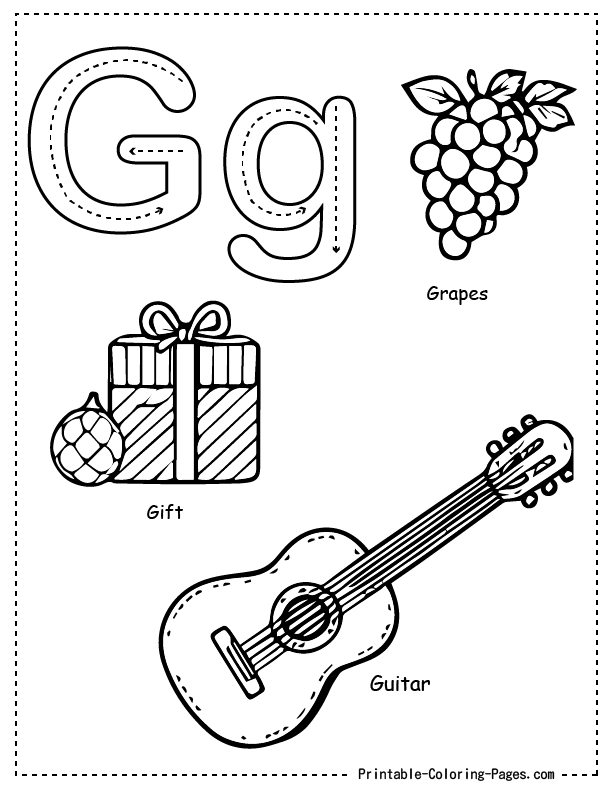
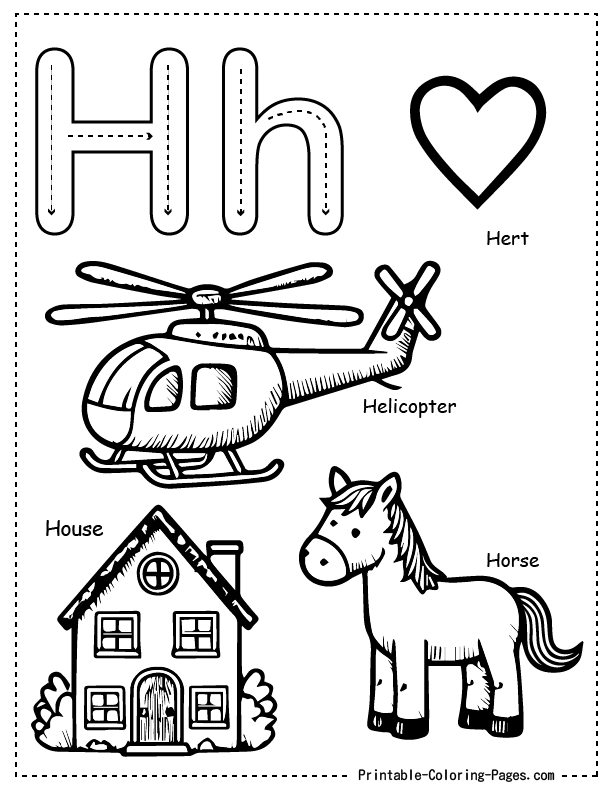
Printable ABC Coloring Page Red Flags
What to Avoid
- Overly intricate designs
- Tiny, hard-to-color spaces
- Scary or complex images
- Thin, easily tearable paper
- Designs without clear letter representation
Pro Parent Tip
Create a dedicated “coloring station” with:
- Comfortable seating
- Good lighting
- Protective covering for surfaces
- Easy-to-access coloring materials
- Praise and encouragement
Remember: The goal is fun, learning, and bonding—not artistic perfection!
Maximizing Learning: Strategic Approaches to ABC Coloring
Transforming Coloring into an Interactive Learning Experience
Coloring isn’t just about filling spaces with color—it’s a dynamic learning opportunity that can significantly enhance your 2.5-year-old’s developmental journey. Let’s explore strategic approaches that turn simple coloring pages into comprehensive learning adventures. Please check my other Printable pages, like Free Alphabet Coloring page and Amazing Preschool Coloring pages
The Multi-Sensory Learning Approach
| Learning Dimension | Coloring Strategy | Developmental Impact |
|---|---|---|
| Auditory Learning | Sing alphabet songs while coloring | Reinforces letter recognition |
| Tactile Learning | Explore different coloring textures | Enhances sensory processing |
| Visual Learning | Discuss colors and letter shapes | Improves cognitive connections |
| Verbal Learning | Name objects starting with each letter | Expands vocabulary |
Alphabet Coloring Techniques for Toddlers and Early primary
1. Letter Sound Exploration
- Point to each letter while making its phonetic sound
- Encourage child to repeat the sound
- Match letter with familiar words (A for Apple, B for Ball)
2. Color Matching Challenge
- Create simple color-matching games
- Use letters as color identification practice
- Example: “Can you find something blue to color the B page?”
3. Storytelling Through Coloring
- Create mini-stories about each letter
- Use imaginative narratives to make learning engaging
- Connect letters to real-world experiences
Overcoming Common Coloring Challenges
Handling Toddler Coloring Frustrations
| Challenge | Supportive Parent Strategy | Positive Outcome |
|---|---|---|
| Short Attention Span | Break coloring into short sessions | Maintains interest |
| Messy Coloring | Praise effort over perfection | Builds confidence |
| Color Preference Battles | Offer limited color choices | Reduces decision overwhelm |
| Reluctance to Color | Make it a fun, shared activity | Increases motivation |
Expert-Recommended Engagement Techniques
Psychological Insight: Toddlers learn best when activities feel like play, not structured learning.
Innovative Coloring Motivation Strategies
- Sticker Reward System
- Create a progress tracker
- Use colorful stickers for completed pages
- Celebrate small achievements
2. Collaborative Coloring
- Color together
- Take turns choosing colors
- Demonstrate coloring techniques
3. Digital Backup Options
- Save digital copies of colored pages
- Create a digital portfolio
- Share progress with family members
Understanding Developmental Milestones
Fine Motor Skill Progress Through Coloring
| Age Range | Motor Skill Development | Coloring Characteristics |
|---|---|---|
| 2-2.5 Years | Basic grasp development | Large, random strokes |
| 2.5-3 Years | Improved hand control | More intentional coloring |
| 3-3.5 Years | Enhanced precision | Attempting to stay in lines |
Signs of Healthy Motor Skill Progress
- Consistent grip on coloring tools
- Increased hand-eye coordination
- Growing ability to make deliberate marks
- Expanding color recognition
- Emerging creativity in color selection
Parent Wisdom: Every child develops differently. Patience and encouragement are key!
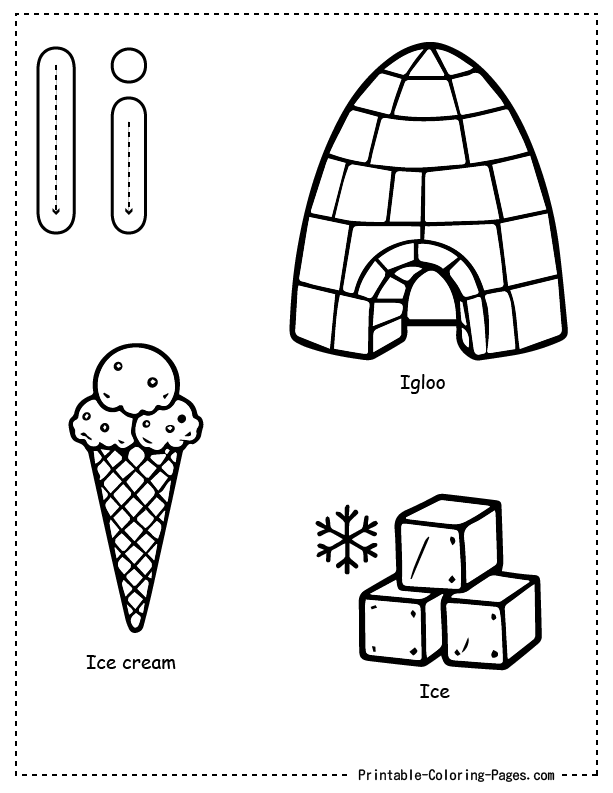
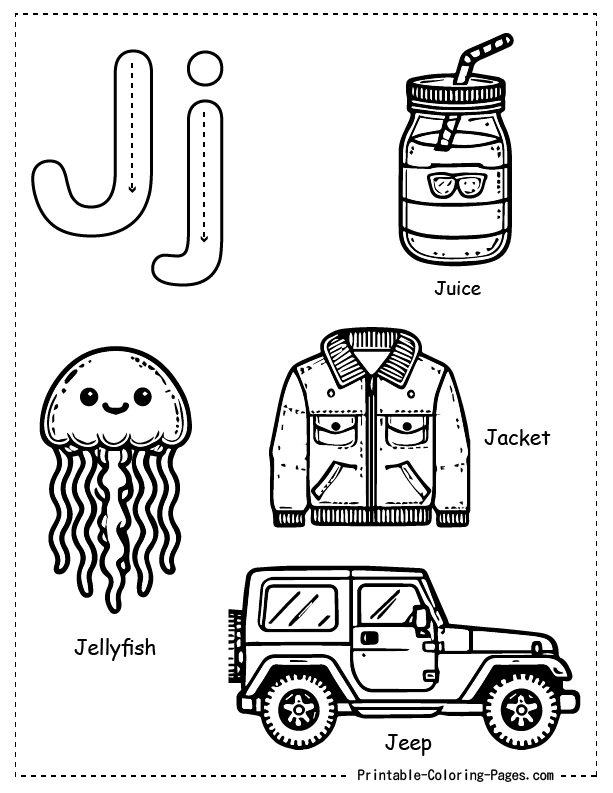
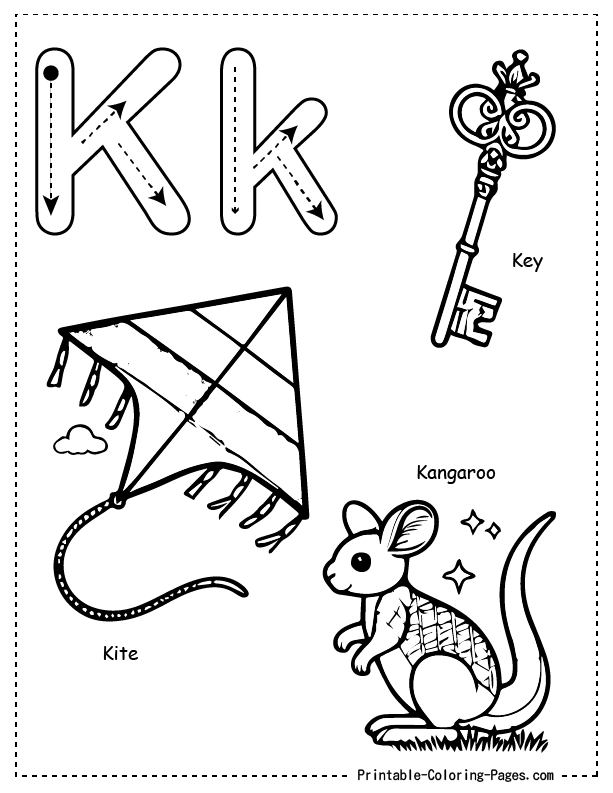
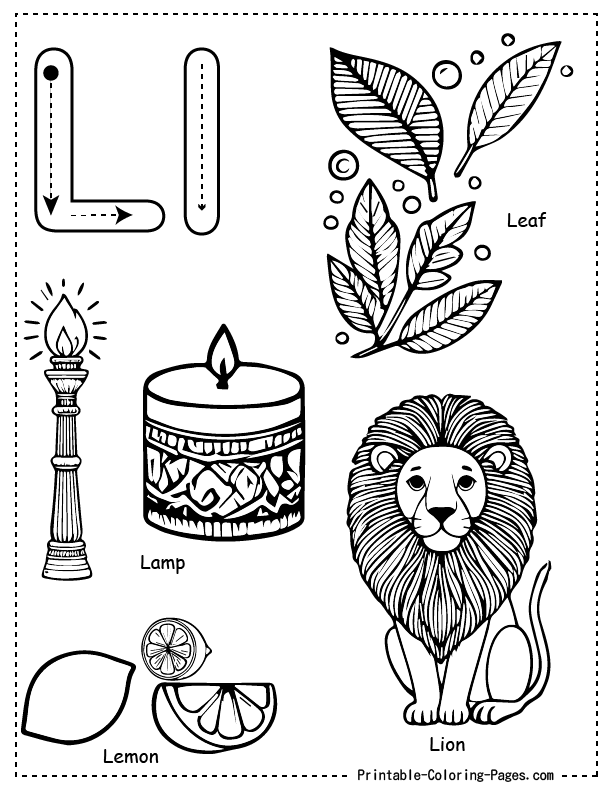
Technology and Printable Coloring Pages
Digital Resources for Modern Parents
Free Downloadable Platforms:
- Educational websites
- Parenting blogs
- Specialized learning platforms
- Creative commons resources
Printing Tips:
- Use high-quality paper
- Print at standard resolution
- Consider color vs. black and white options
- Have multiple copies ready
Digital Backup Strategies:
- Save PDF versions
- Create a digital learning portfolio
- Use cloud storage for organization
Safety Note: Always preview and select age-appropriate content from reputable sources.
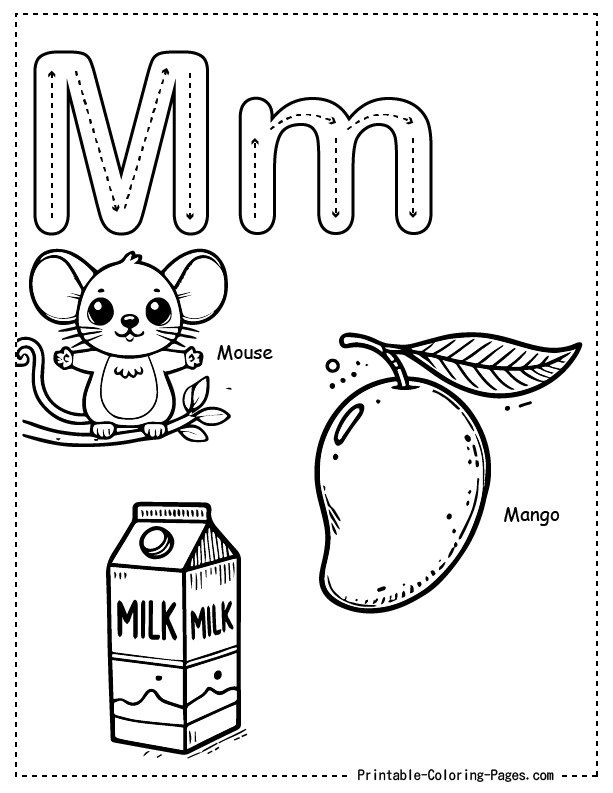
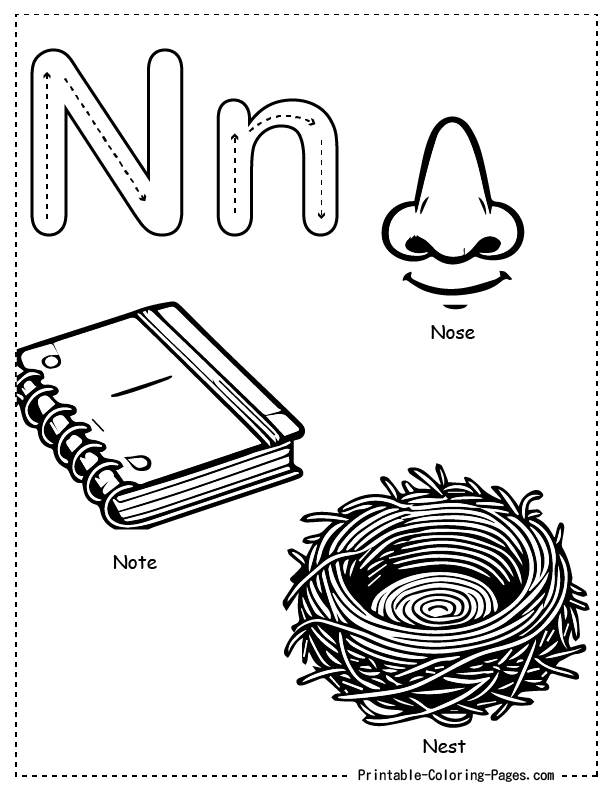
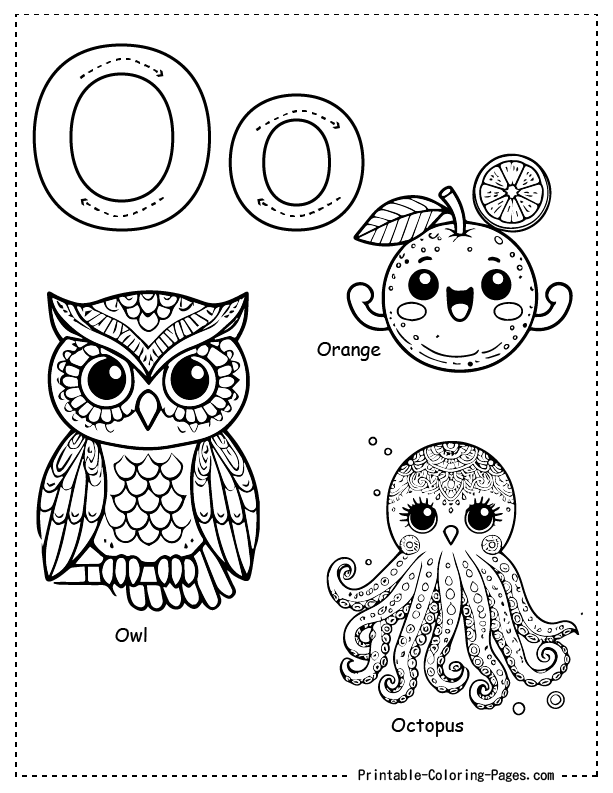
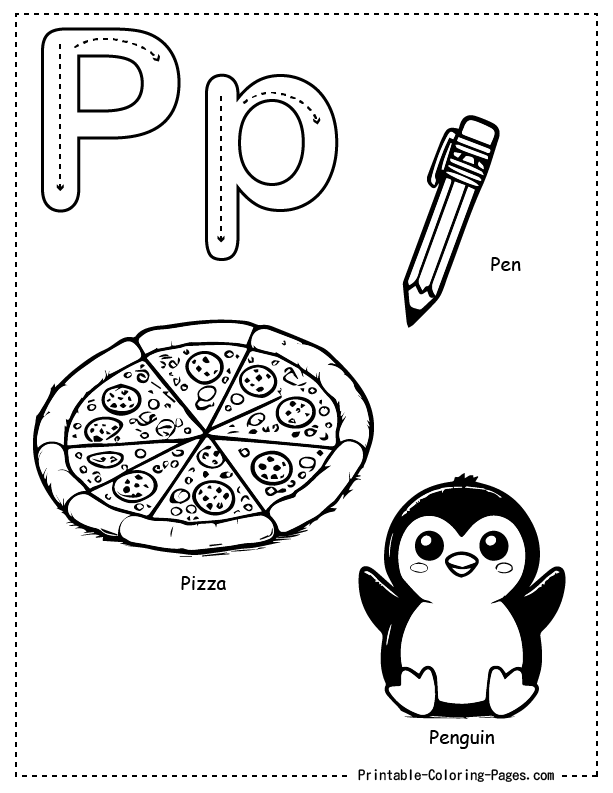
Creating a Holistic ABC Learning Environment
Beyond Coloring: Integrating Alphabet Learning
Coloring pages are just one piece of the alphabet learning puzzle. A holistic approach involves creating a rich, immersive environment that supports letter recognition and literacy development.
Comprehensive Learning Ecosystem
| Learning Component | Implementation Strategy | Developmental Benefits |
|---|---|---|
| Visual Exposure | Alphabet posters, magnetic letters | Constant letter recognition |
| Tactile Learning | Letter-shaped puzzles, clay modeling | Multisensory engagement |
| Auditory Reinforcement | Alphabet songs, phonetic games | Sound-letter connection |
| Spatial Awareness | Letter tracing activities | Pre-writing skill development |
Designing the Perfect Alphabet Learning Space
Key Elements of an Effective Learning Corner:
- Visual Stimulation
- Colorful alphabet wall charts
- Interactive letter displays
- Rotating letter-themed decorations
2. Sensory Learning Tools
- Textured letter cards
- Sand or salt trays for letter tracing
- Alphabet matching games
3. Technology Integration
- Educational apps
- Interactive learning tablets
- Supervised digital learning resources
Psychological Aspects of Early Alphabet Learning
Understanding Toddler Cognitive Development
Developmental Milestones in Letter Recognition:
| Cognitive Skill | 2.5-Year-Old Capabilities | Supportive Activities |
|---|---|---|
| Pattern Recognition | Basic shape identification | Sorting, matching games |
| Memory Development | Short-term pattern recall | Repetitive letter exposure |
| Attention Span | 5-10 minutes focused activity | Engaging, brief learning sessions |
| Language Processing | Emerging vocabulary | Descriptive letter conversations |
Emotional Intelligence in Learning
Parenting Insight: Emotional support is as crucial as educational content.
Building Positive Learning Associations
- Praise-Based Approach
- Focus on effort, not perfection
- Use encouraging, specific feedback
- Celebrate small achievements
2. Emotional Regulation Techniques
- Recognize learning frustrations
- Provide calm, supportive guidance
- Create a stress-free learning environment
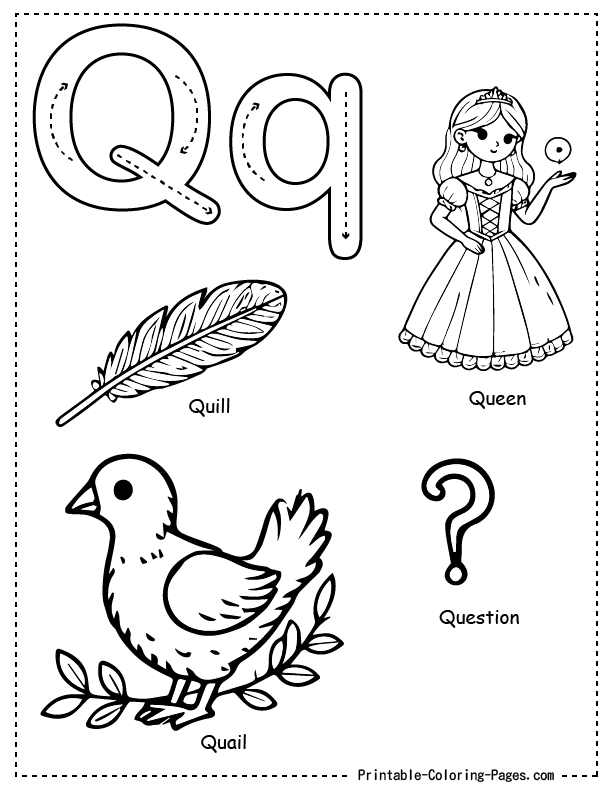
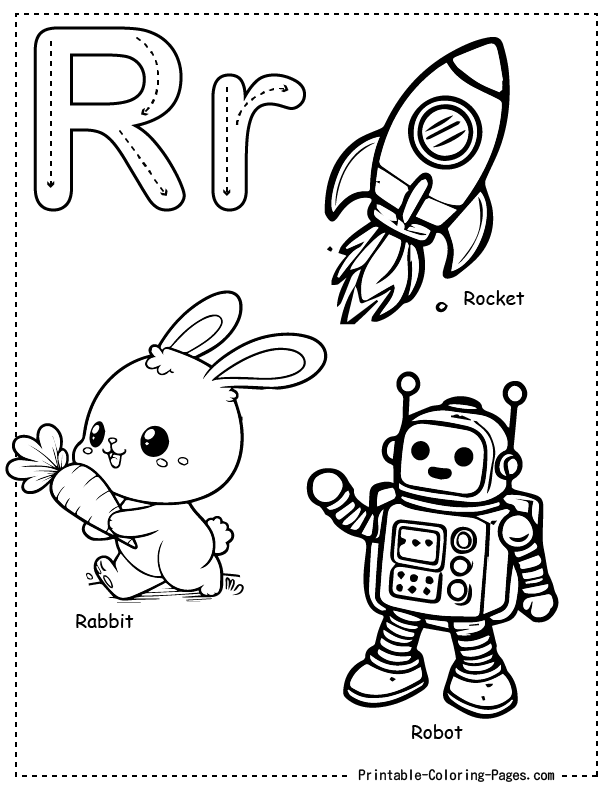
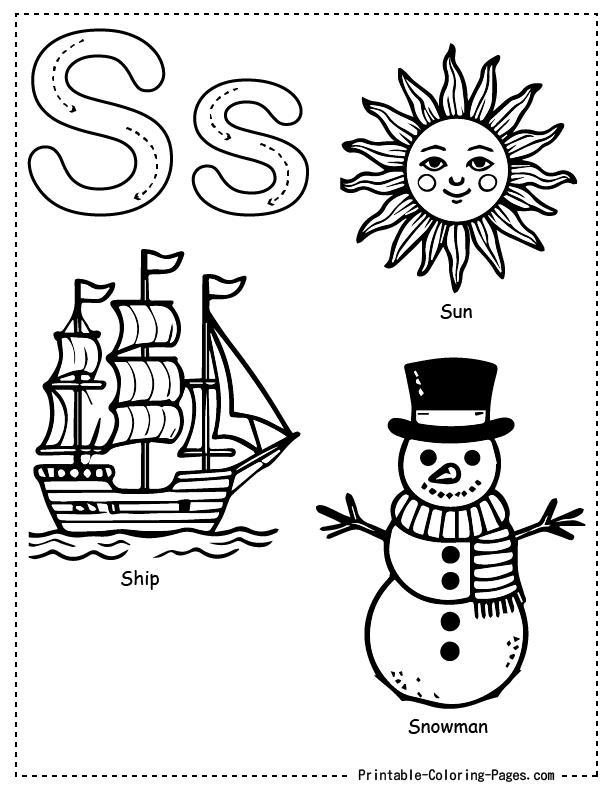
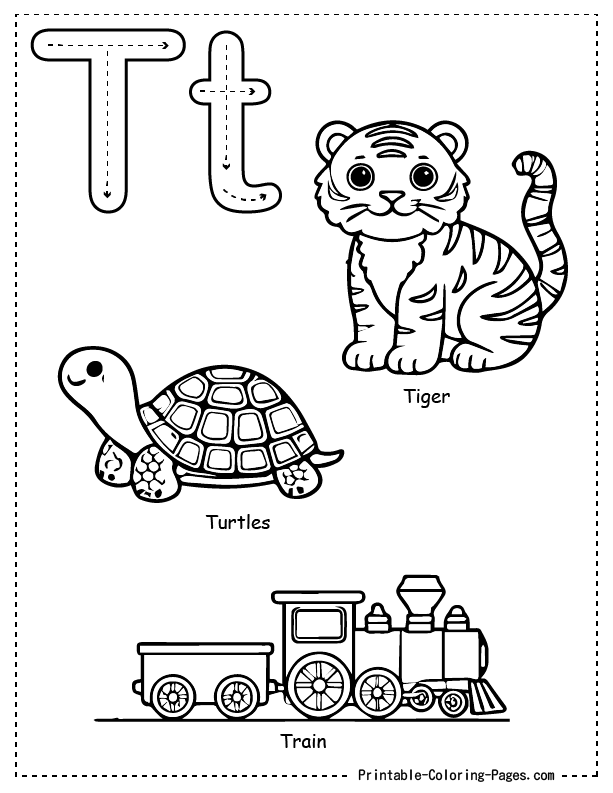
Overcoming Common Learning Barriers
Addressing Individual Learning Differences
Adaptive Strategies for Diverse Learning Styles:
| Learning Style | Customization Approach | Supportive Techniques |
|---|---|---|
| Visual Learners | Colorful, graphic-rich materials | Mind maps, color-coded resources |
| Kinesthetic Learners | Hands-on, interactive activities | Movement-based learning games |
| Auditory Learners | Sound-based letter exploration | Rhythmic alphabet songs |
Red Flags and Professional Guidance
When to Seek Additional Support:
- Consistent difficulty with letter recognition
- Limited interest in learning activities
- Significant developmental delays
- Unusual learning challenges
Expert Recommendation: Regular pediatric consultations can provide personalized insights into your child’s developmental journey.
Technology and Traditional Learning Balance
Navigating Digital and Physical Learning Resources
Balanced Approach Checklist:
- Limited screen time
- High-quality educational content
- Supervised digital interactions
- Prioritize hands-on learning experiences
Recommended Screen Time Guidelines:
- 2-3 years: Maximum 1 hour per day
- Educational content only
- Interactive, age-appropriate materials
- Co-viewing and discussion
Digital Safety Protocols:
- Use parental controls
- Monitor content quality
- Engage actively during digital learning
- Maintain physical learning activities
Printable Resources Advantage:
- Tactile learning experience
- No screen dependency
- Customizable learning pace
- Family interaction opportunity
Pro Tip: The most effective learning happens through loving, consistent, and engaging interactions between parents and children.
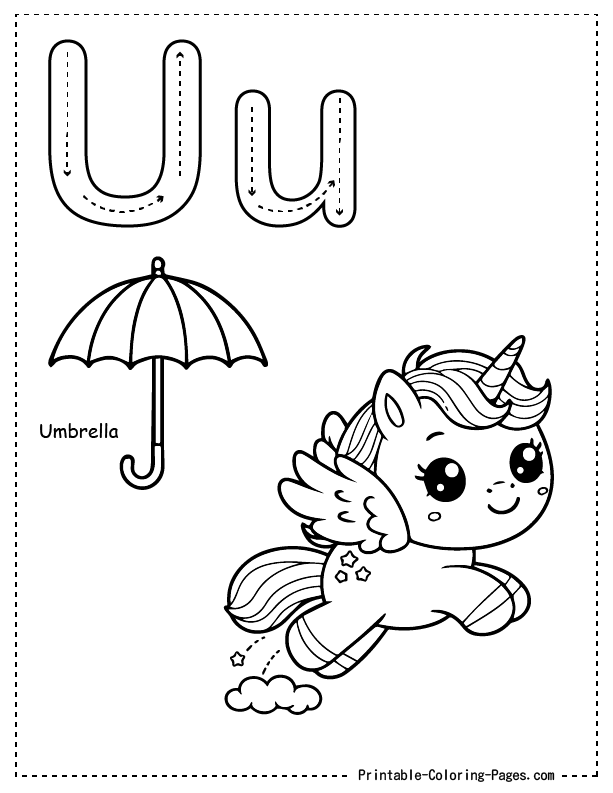
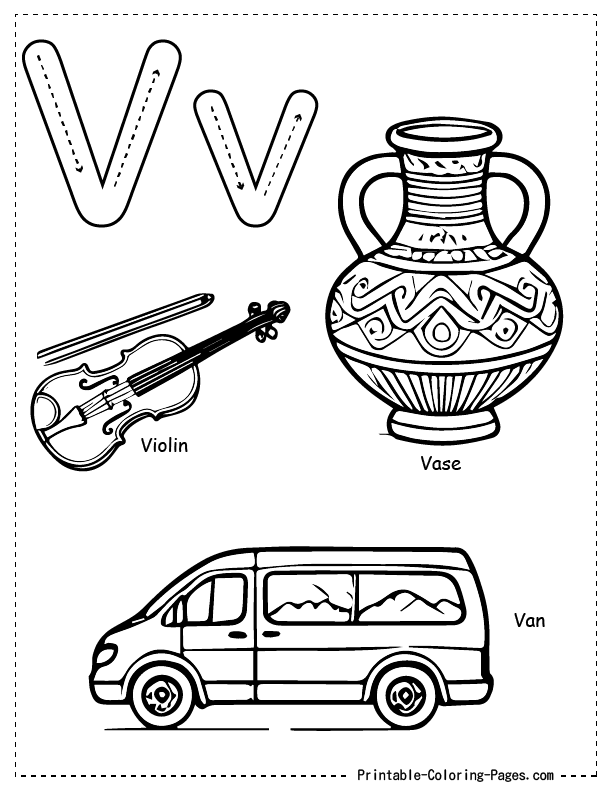
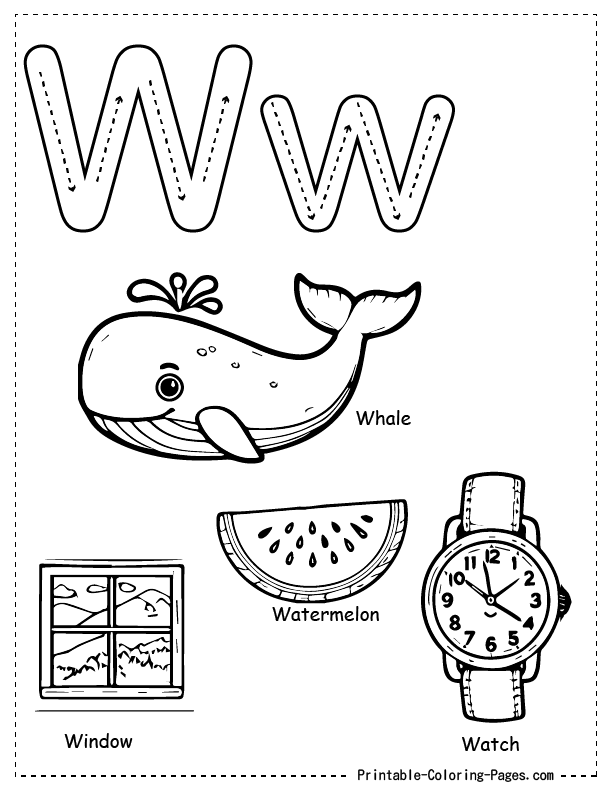
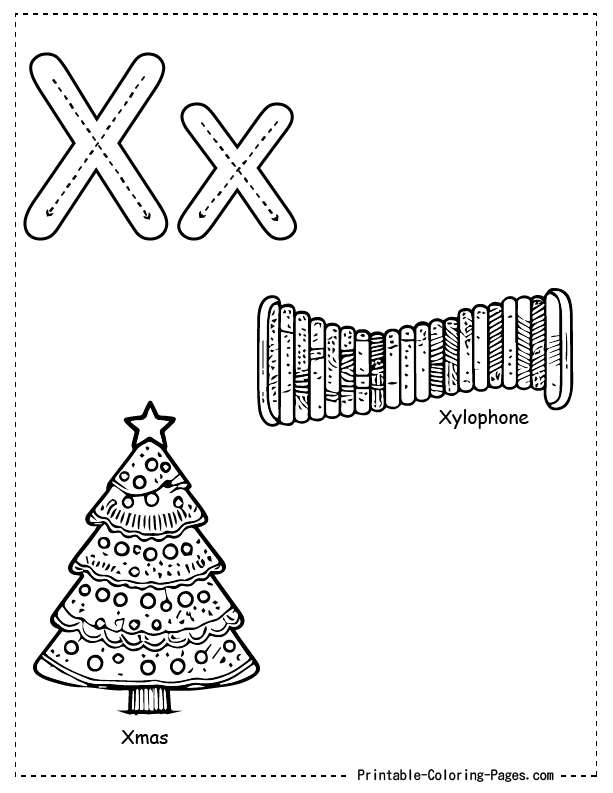
Advanced Strategies for ABC Coloring Page Utilization
Innovative Techniques for Maximizing Learning Potential
Transforming simple coloring pages into powerful educational tools requires creativity, patience, and strategic approach. This section explores advanced methods to elevate the learning experience for 2.5-year-old children.
Multidimensional Learning Frameworks
| Learning Dimension | Implementation Strategy | Developmental Outcomes |
|---|---|---|
| Cognitive Development | Structured letter exploration | Enhanced pattern recognition |
| Motor Skill Advancement | Precision-based coloring activities | Improved hand-eye coordination |
| Language Acquisition | Contextual letter associations | Expanded vocabulary |
| Emotional Intelligence | Positive reinforcement techniques | Increased learning confidence |
Creative Coloring Methodologies
1. Thematic Letter Exploration
- Create letter-based storytelling
- Develop imaginative narratives around each alphabet character
- Connect letters to real-world experiences
2. Sensory Integration Approaches
- Incorporate texture-based coloring
- Use alternative coloring materials
- Explore multisensory learning experiences
Specialized Coloring Techniques
Advanced Parent-Guided Activities
Structured Learning Interventions:
- Letter Detective Game
- Hide letters within coloring pages
- Encourage discovery and identification
- Develop observational skills
2. Color Coding Challenges
- Assign specific color rules
- Create simple color-based learning challenges
- Enhance cognitive flexibility
Developmental Tracking Mechanism
Progress Monitoring Tools
| Tracking Method | Implementation | Benefits |
|---|---|---|
| Visual Portfolio | Collect colored pages | Track skill progression |
| Skill Checklist | Document learning milestones | Identify developmental patterns |
| Photographic Record | Capture coloring journey | Create memorable learning documentation |
Psychological Foundations of Early Learning
Cognitive Development Insights
Key Developmental Considerations:
- Neuroplasticity at its peak
- Rapid learning capability
- Importance of positive reinforcement
- Individual learning pace variations
Neurological Insight: Early childhood represents a critical period for brain development and learning potential.
Emotional Learning Dynamics
Supportive Interaction Strategies:
- Positive Reinforcement
- Focus on effort and exploration
- Avoid negative criticism
- Celebrate small achievements
2. Adaptive Learning Approach
- Recognize individual learning styles
- Customize learning experiences
- Maintain flexibility in teaching methods
Technological Integration and Learning
Digital Supplementation Strategies
Balanced Technology Approach:
| Technology Type | Learning Potential | Recommended Usage |
|---|---|---|
| Educational Apps | Interactive Learning | Limited, supervised sessions |
| Digital Coloring Tools | Fine Motor Skill Development | Complementary to physical activities |
| Online Resources | Additional Learning Materials | Carefully curated content |
Parental Guidance: Technology should supplement, not replace, hands-on learning experiences.
Research-Backed Learning Principles
Evidence-Based Educational Strategies
Foundational Learning Concepts:
- Repetition and Consistency
- Regular exposure to learning materials
- Structured yet flexible approach
- Predictable learning environments
2. Personalized Learning Paths
- Recognize individual differences
- Adapt to child’s learning style
- Maintain motivational engagement
3. Critical Developmental Considerations:
- Individual learning pace
- Neurological development stages
- Emotional learning readiness
- Cognitive flexibility
Pro Tip: The most effective learning happens through love, patience, and consistent engagement.
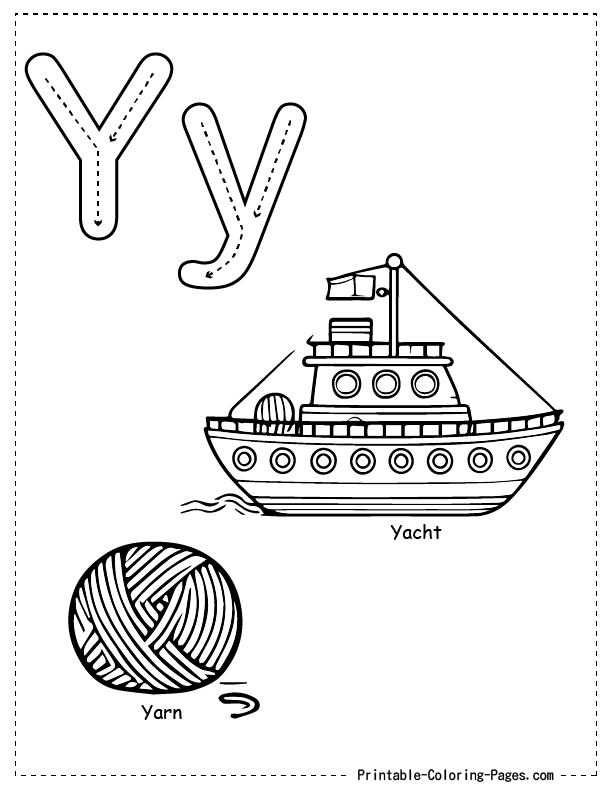
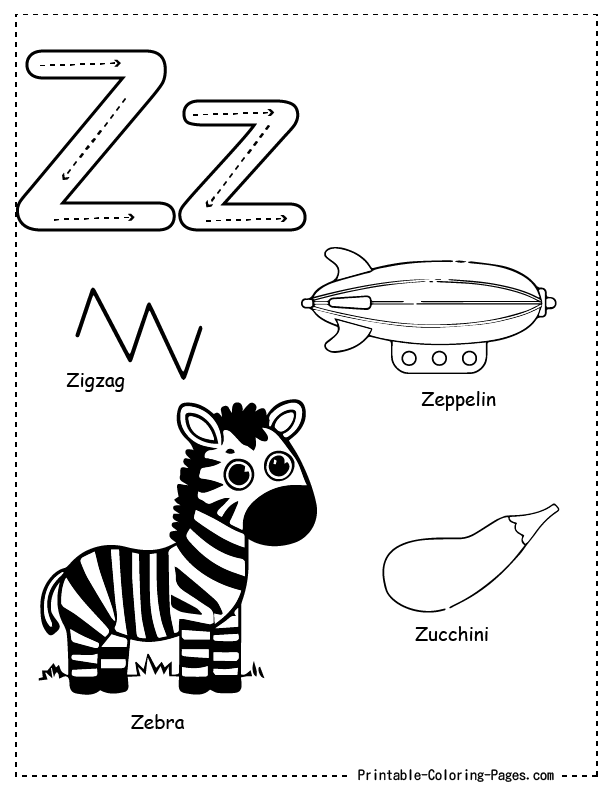
Comprehensive Guide to ABC Coloring Success
Final Recommendations and Actionable Insights
As we conclude our in-depth exploration of ABC coloring pages for 2.5-year-olds, let’s synthesize the key strategies and transformative learning approaches that make early alphabet education both effective and enjoyable.
Ultimate Parental Toolkit for ABC Learning
| Key Component | Strategic Approach | Implementation Technique |
|---|---|---|
| Learning Environment | Holistic Development | Multisensory engagement |
| Emotional Support | Positive Reinforcement | Consistent, loving guidance |
| Educational Resources | Diverse Learning Materials | Balanced digital and physical approaches |
| Skill Development | Targeted Intervention | Age-appropriate challenges |
Final Thoughts: The Learning Journey
Embracing the Alphabet Adventure
Coloring pages are more than just paper and crayons—they’re gateways to:
- Cognitive development
- Emotional growth
- Creative expression
- Literacy foundations
Parental Wisdom: Every scribble, every color choice is a step in your child’s unique learning journey.
Navigating Challenges with Confidence
Key Takeaway Strategies:
- Remain patient and supportive
- Celebrate small achievements
- Adapt to individual learning styles
- Create a loving, engaging environment
Continuous Learning Approach
Beyond the Coloring Page
Ongoing Development Strategies:
- Regular skill assessment
- Flexible learning approaches
- Consistent emotional support
- Celebrate individual progress
Professional Recommendations
Expert-Endorsed Learning Principles:
- Maintain a positive learning atmosphere
- Recognize individual developmental pace
- Provide diverse learning experiences
- Foster intrinsic motivation
Conclusion: Nurturing Young Minds Through Colorful Learning
The journey of alphabet learning is far more than memorizing letters—it’s about creating magical moments of discovery, building confidence, and laying the foundation for lifelong learning. ABC coloring pages are not just educational tools; they are bridges connecting parents, children, and the wonderful world of knowledge.
The Transformative Power of Simple Coloring
Every stroke of a crayon is a step towards:
- Cognitive development
- Motor skill enhancement
- Emotional intelligence
- Creative expression
A Parent’s Greatest Gift: Engaged Learning
By approaching coloring as an interactive, joyful experience, parents can:
- Transform routine activities into learning adventures
- Build stronger emotional connections
- Support natural developmental processes
- Cultivate a love for learning
Remember: The most sophisticated educational technology cannot replace the magic of a parent’s loving guidance and enthusiastic encouragement.
Looking Forward: Beyond the Alphabet
This moment of coloring is just the beginning. Today’s tentative letter tracing and color exploration are the seeds of tomorrow’s confident reader, creative thinker, and lifelong learner.
Embrace each moment, celebrate every scribble, and enjoy the incredible journey of watching your child grow.
Source we are motivated from:
Harvard University Center on the Developing Child
- Research: Building the Brain’s “Air Traffic Control” System: How Early Experiences Shape Development
- Link: www.developingchild.harvard.edu
- Explores how early hands-on activities, such as tracing and coloring, promote executive function and self-regulation.
Journal of Early Childhood Research
- Study: Fine Motor Skills in Early Childhood: Developmental Milestones and Correlations with Cognitive Abilities
- Available on: SAGE Journals
- Discusses the role of activities like coloring and tracing in developing fine motor skills and pre-writing abilities.
American Psychological Association (APA)
Highlights the importance of interactive activities, such as narrating while coloring, for language development.
Article: The Role of Parent-Child Interaction in Early Language and Literacy Development
Link: www.apa.org
